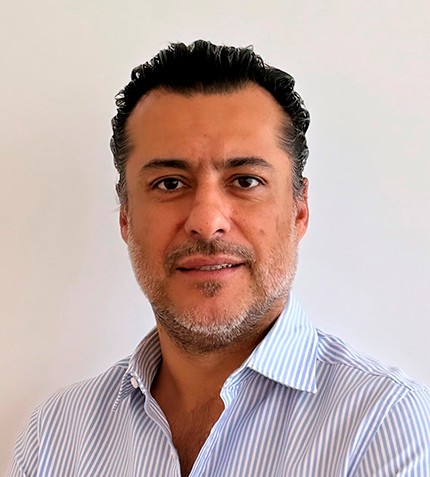
"The main mandate is to guarantee access to medicines and their safe and appropriate use, but also to manage pharmaceutical expenditure in a context of economic-financial compatibility and competitiveness of the pharmaceutical industry."
Giorgio Palu
PRESIDENT, AIFA
Could you give us a brief introduction of AIFA’s main mandate and most recent priorities?
The Italian Medicines Agency is the regulatory competent authority responsible for drugs in Italy. It is a public body operating under the direction of the Ministry of Health and the supervision of the Ministry of Health and the Ministry of Economy. The main mandate is to guaranty access to medicines and their safe and appropriate use, but also to manage pharmaceutical expenditure in a context of economic-financial compatibility and competitiveness of the pharmaceutical industry. Furthermore, AIFA favors and rewards investments in Research and Development (R&D) in Italy, promoting and rewarding innovations. The strategic priorities are contributing to health promotion and protection through regulation of the marketing; use and supervision of medicinal products for human use; optimising the use of public resources allocated to reimbursement of medicines for human use to maximise the benefits of the community in terms of public health; promoting independent scientific information and fostering investments in research and development in the pharmaceutical sector.
Could you comment on Italy’s bounce back from the pandemic and the role of the agency in this task?
To date, more than 30 million people have been vaccinated (58,8% of the total population over 12 years old). The Agency and its Scientific Commission were and are constantly involved in the evaluation in a timely manner of new clinical trials protocol via accelerated procedures and also for the authorization of new possible therapies for the treatment of Covid-19. As a regulatory body, AIFA had a fundamental role in the approval of vaccines authorized at the central level by the European Medicines Agency (EMA). Furthermore, AIFA participates with its experts in the EMA working groups and manages vaccinovigilance through its national network (PhVig national network) and the European Eudravigilance network.
How is AIFA promoting clinical trials, innovation and R&D investments?
AIFA is committed to implementing the European directives and national legislation concerning clinical trials and ensures the functioning of the National Observatory on Clinical Trials for public and private research in Italy. The Agency publishes periodic reports and, in 2019, 672 clinical trials were authorized. The Agency promotes also no-profit clinical trials, aimed at showing the added value of new medicinal products compared to those available on the market. Since 2005, AIFA funded 288 studies and the most common areas are orphan drugs and rare diseases, comparative drug studies, new pharmacological strategies, active pharmacovigilance studies and pharmacoepidemiology studies.
Starting from 1 January 2017, two funds for participation in the reimbursement to the Regions were established; one for the purchase of innovative non-oncological medicines and one for the oncologicals. Each of these funds had an endowment of 500 million euros per year. A single fund worth 1 billion euros has recently been provided for these drugs.
How is Italy striking the balance between affordability and innovation when thinking about generics/biosimilars acceptance in the hospital and retail sector?
In Italy, generic medicinal products have a lower price than the reference medicinal products by at least 20%. Unfortunately, for a long time generics were considered to be different from the reference product and intensive information campaigns were launched in order raise awareness, especially among health professionals. These kind of medicinal products are of considerable benefit to both the NHS and the citizen. Infact, the savings achieved can be invested in the reimbursement of new innovative medicines.
The 2020 data on consumption of biosimilars confirmed the increase for those drugs whose biosimilar product has been commercially available for several years and this trend contributed to a reduction in expenditure. As regards the use of more recently marketed biosimilars, also a positive trend was recorded (anti TNF-alpha, bevacizumab, fast acting insulins, long acting insulins, rituximab and trastuzumab). The consumption, however, appears to be significantly different not only depending on the type of molecule considered and its indication but also according to the different regional situation.
Could you share a final message for the audience of GBR?
It is useful rethink new models and investments and use a good tax leverage to provide incentives for businesses and to encourage public-private partnerships. We invest primarily in digital health, innovation, training, start-ups, academic spin-offs and business incubators, research and intellectual property, data sharing networks (genomics, clinical trials) and, last but not least, internationalization.










